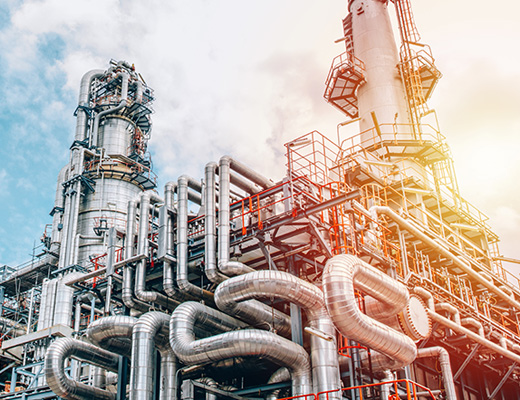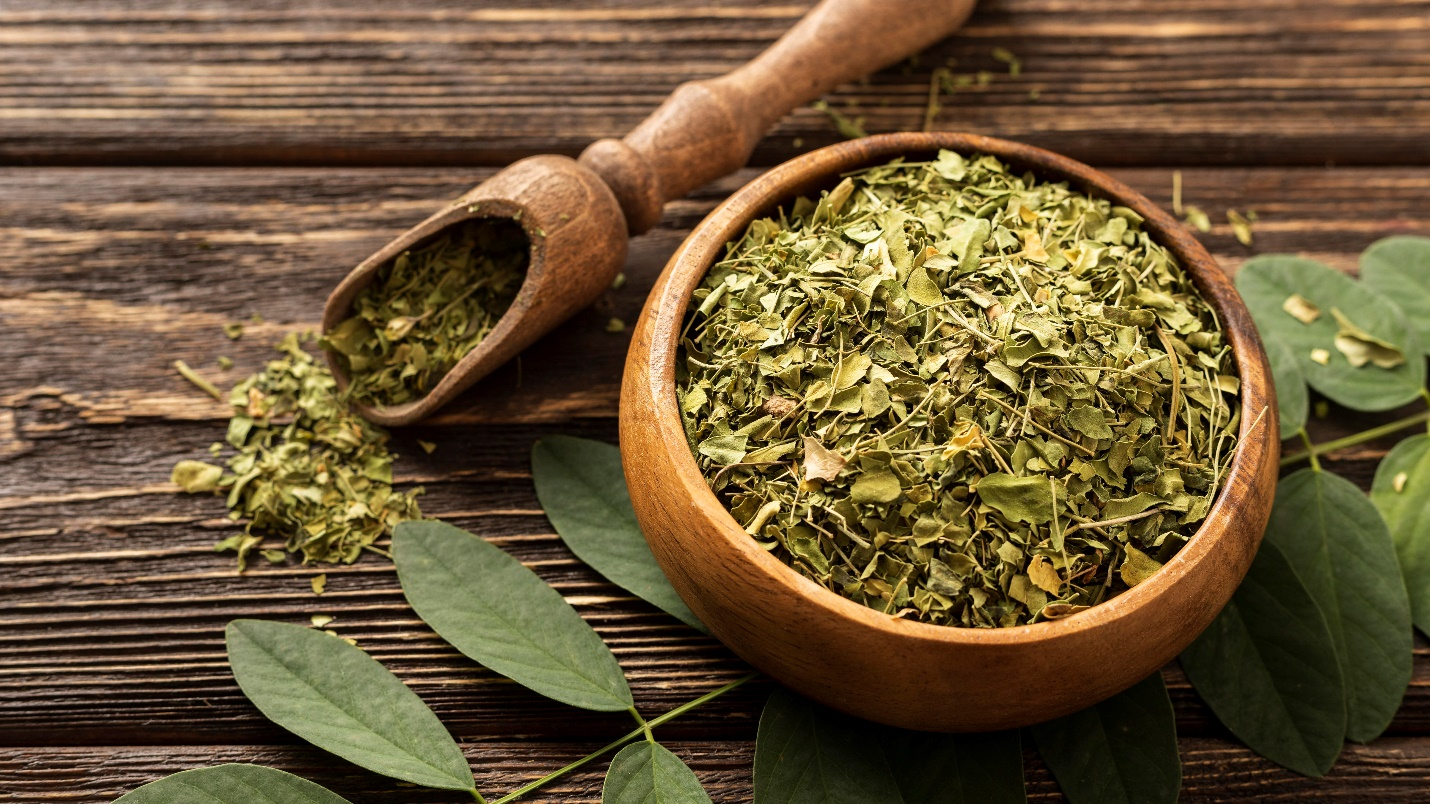Advantage India
Growing
Demand
* Rise in demand from end-user industries such as food processing, personal care and home care is driving the development of different segments in India’s specialty chemicals market.
* India is the sixth largest producer of chemicals in the world and third in Asia, contributing 7% to India’s GDP.
* According to a McKinsey report, Chemicals and petrochemicals demand in India is expected to nearly triple and reach US$ 1 trillion by 2040.
* Exports of Chemicals and allied Products reached US$ 9,194 million during FY26 (April-June).
Opportunities
* India’s specialty chemicals companies are expanding their capacities to cater to rising demand from domestic and overseas.
* With global companies seeking to de-risk their supply chains, which are dependent on China, the chemical sector in India has the opportunity for a significant growth.
* In the specialty chemicals sector, manufacturers are focusing on green solvents, biodegradable surfactants, and bio-based polymers, with India’s green chemicals market expected to grow at a CAGR of over 10% and exceed US$ 15 billion by 2027.
Policy
Support
* As part of the Union Budget 2025-26 the government allocated Rs. 1,61,965 crore (US$ 18.7 billion) to the Ministry of Chemicals and Fertilizers.
* The PLI plan for the National Programme on Advanced Chemistry Cell Battery Storage has been approved by the Union Cabinet as of May 2021.
* PLI schemes were introduced to promote Bulk Drug Parks, with a budget of Rs. 1,629 crore (US$ 213.81 million).
* The Petroleum, Chemicals and Petrochemicals Investment Region (PCPIR) set up at Paradip has attracted investments worth Rs.73,518 crores (US$ 8.84 billion) resulting in employment of about 40,000 people.
Increasing
Investments
and spending
* FDI inflows in the chemicals sector (other than fertilizers) reached US$ 23.4 billion between April 2000-June 2025.
* Odisha is aiming to transform into a leading petrochemical hub, targeting investments of Rs 1.2 trillion (US$ 13.6 billion) by 2035 (over the next ten years).
* The Dahej PCPIR project in Bharuch, comprising 180 existing and 650 under construction industrial units has attracted an investment of Rs. 1 lakh crore (~US$ 12 billion) and is expected to generate 32,000 jobs.
*The "Power and Renewable Energy Manufacturing Zone, Narmadapuram," whose construction is anticipated to cost about Rs. 460 crore (US$ 55.5 million), would contribute to the economic growth and employment generation of the area.
Chemical Clusters
- Gujarat
- Maharashtra
- Odisha
- Tamil Nadu
- Andhra Pradesh
- Uttar Pradesh

Industry Contacts
Posters
MORE
INDIA IS THE SIXTH-LARGEST PRODUCER OF CHEMICALS
Covering more than 70,000 commercial products, India’s chemical industry is extremely diversified and can be broadly industrial sector.
IBEF Campaigns
MORE
Aatmanirbhar Bharat Utsav 2024
Union Minister of External Affairs, Dr. S. Jaishankar and Union Commerce an...
Case Studies
MOREIBEF BLOG
MORERevival of India’s Forgotten Superfoods: Jackfruit, Amaranth and Moringa in Global Diets
For centuries, Indian kitchens have been home to an incredible diversity of...
Next-Gen GST: Powering India’s Investment and Demand Surge
India’s recent Goods and Services Tax (GST) overhaul is more than a s...
Transforming Spaces: The Growth and Opportunities in India’s Home Décor Industry
India’s home décor industry is evolving into one of the most d...














